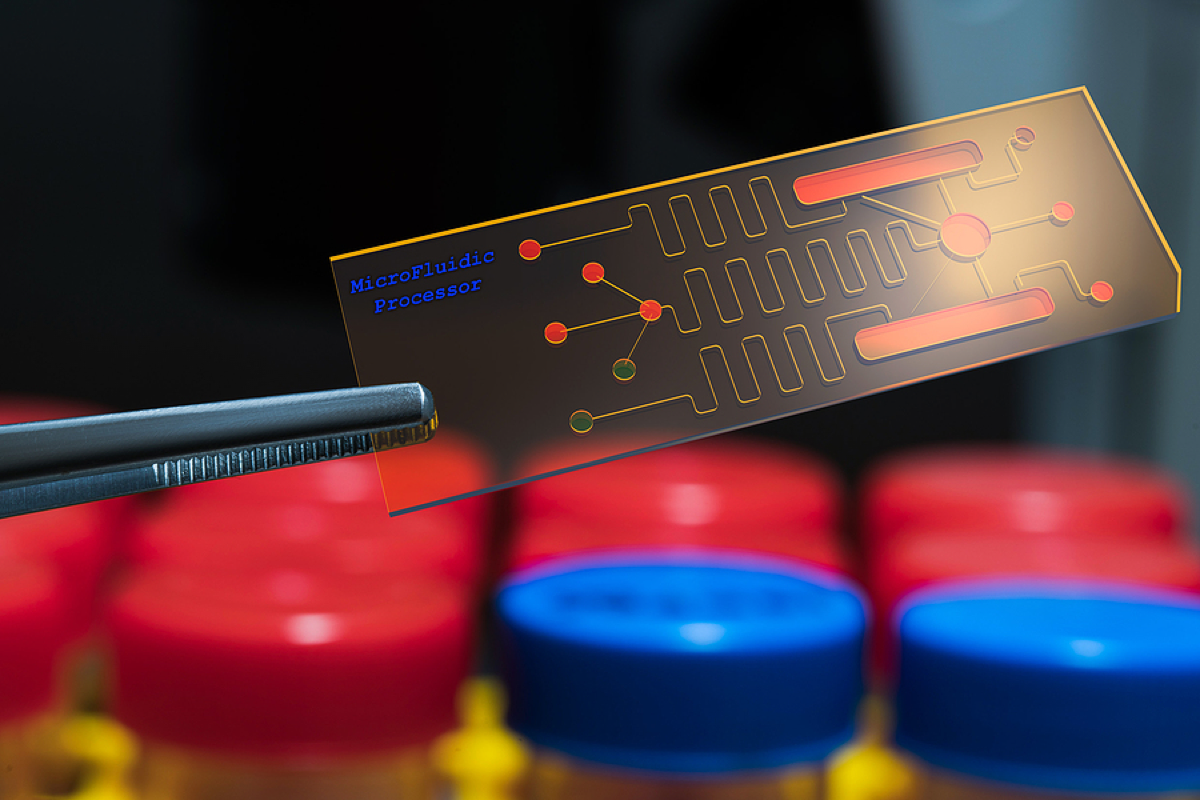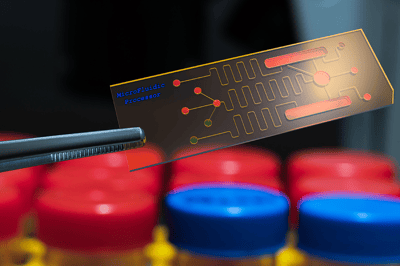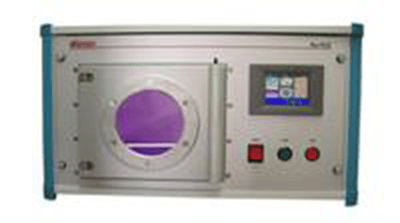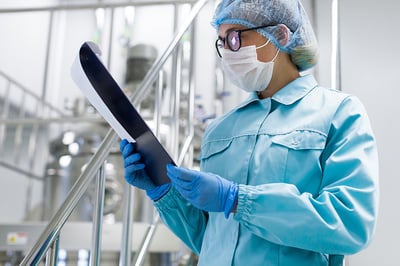Plasma Treatment Articles
Plasma Activation
|
3 min read

One of the most overlooked challenges in processing microfluidic devices is the management of particulate or smearable contamination in the area where microfluidic devices are produced. The smallest particles, droplets, or vapors that would not be of any consequence in some manufacturing environments can impact microfluidic device performance and yield. This foreign material inhibits the ability of the activated PDMS and silicon-containing mating surface from covalently bonding, causing a micro gap, tenting, or micro delamination in the bond by keeping the activated surfaces apart or bonding to the activated surface before the mating part can bond. Careful consideration in the design of environment, tooling, garments, and equipment is crucial in successfully bonding microfluidic devices.
 One of the first challenges to creating a proper microfluidic device is having a clean working environment. Removing fiber-containing packaging materials, keeping the working area clean, using care in choosing tooling materials, managing fluids, work surface cleaning products, and careful equipment design to eliminate particle generation are just a few considerations requiring attention. If the area used to mix and store PDMS and catalyst isn't clean, the PDMS can easily become contaminated. Particles in the air or the immediate vicinity can land on the work surface or parts and become part of the sample. Managing work area air quality in your fume hood, microenvironment, or cleanroom is encouraged whenever creating microfluidic device PDMS slabs or mating silicon-containing parts.
One of the first challenges to creating a proper microfluidic device is having a clean working environment. Removing fiber-containing packaging materials, keeping the working area clean, using care in choosing tooling materials, managing fluids, work surface cleaning products, and careful equipment design to eliminate particle generation are just a few considerations requiring attention. If the area used to mix and store PDMS and catalyst isn't clean, the PDMS can easily become contaminated. Particles in the air or the immediate vicinity can land on the work surface or parts and become part of the sample. Managing work area air quality in your fume hood, microenvironment, or cleanroom is encouraged whenever creating microfluidic device PDMS slabs or mating silicon-containing parts.
A particle-free environment will also include the tooling used to process the materials at each step in the process. A significant factor in the tooling choice will be the material to which the plasma activation vacuum chamber is made of. It is essential to choose a glass chamber (quartz or borosilicate) to prevent further particulate contamination. Metal chambers, such as aluminum or stainless steel, are not ideal choices for preventing microscopic particles from coming into contact with the sample. If these unwanted particles become part of the PDMS sample's surface, they can contaminate that device and shift covalent bonding strength, leading to a shift in device function and burst pressure.
 The most common type of plasma chamber material is aluminum or stainless steel. These materials can be sources of particulate contamination because the materials can sputter from those metal chambers. This sputtering commonly happens because of the plasma density in the vacuum chamber. This is why choosing borosilicate or quartz glass chambers is the logical choice to improve microfluidic devices' bonding.
The most common type of plasma chamber material is aluminum or stainless steel. These materials can be sources of particulate contamination because the materials can sputter from those metal chambers. This sputtering commonly happens because of the plasma density in the vacuum chamber. This is why choosing borosilicate or quartz glass chambers is the logical choice to improve microfluidic devices' bonding.
Particle generation in a working environment where microfluidic devices are produced can be a challenge. The generation of particles in a manufacturing or laboratory environment like dust, cardboard or paper fiber, spittle, cosmetics, or other foreign material can contact the device surface and cause a tenting effect that inhibits the ability for the surfaces to come into complete contact with each other. This particle tenting effect will prevent a proper bond in the two materials for the creation of optimal device adhesion. The recommended approach is to create a microenvironment that utilizes HEPA filters that remove particulate from the air to prevent contamination in all aspects of the process from start to finish.
PDMS part temperature during a plasma activation process is also critical when creating a microfluidic device. Slight shifts in flexibility or conformal flow caused by control of component temperature can increase bond performance. If the material's temperature is too cold, it is stiff, and there are forces that prevent the materials from coming together. A warmer part will have a lower durometer (a measure of flexibility of material) and higher flexibility to enable bonding. Controlling the PDMS parts' temperate during activation and bonding can increase the adhesion in a microfluidic device.
 Manufacturers should also take general personal protective equipment considerations into account to prevent any handling-based contamination during production. Some particle control garments should be used during production, and material handling includes gloves, hair net, sleeves, glasses, and other cleanroom-related protective equipment. These protective pieces of equipment help manage skin cells, hair, garment fiber, and other airborne contaminants from being deposited on the surface of the production materials and parts.
Manufacturers should also take general personal protective equipment considerations into account to prevent any handling-based contamination during production. Some particle control garments should be used during production, and material handling includes gloves, hair net, sleeves, glasses, and other cleanroom-related protective equipment. These protective pieces of equipment help manage skin cells, hair, garment fiber, and other airborne contaminants from being deposited on the surface of the production materials and parts.
Producing a high-quality microfluidic device with good adhesion between the bonded components is all about careful planning and reasonable process control. The management of particle contamination throughout the process and controlling the materials' temperature before and during plasma activation are vital steps in producing a reliable microfluidic device. Quickly aligning and bonding your device right after activation and allowing an extended time for the bonding process to complete are the critical final considerations in the microfluidic device fabrication process.
To learn more about how to address bonding challenges in microfluidic devices, please read our eBook titled "How to Improve Burst Pressure and Yield in Microfluidic Devices."
Comments